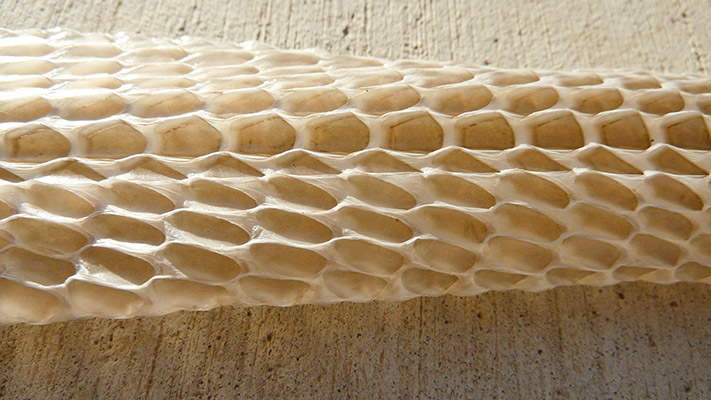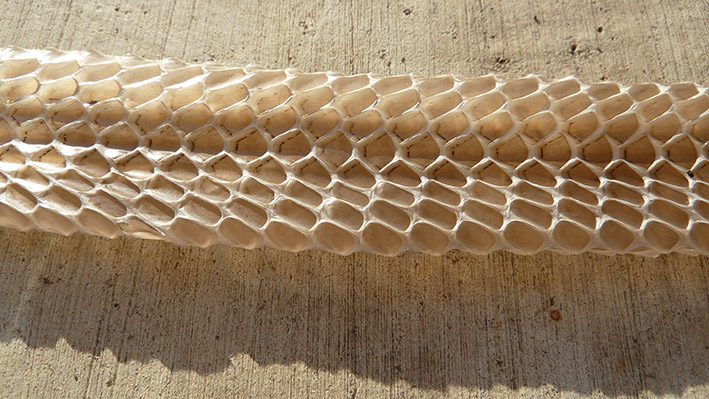What, you may ask, is Leucaena leucocephala? And why a blog about it in relation to sustainability in the Lockyer Valley?
Well, first let me admit that this is a bit of a “vent”, as they say. It is also a reminder that misleading and stupid advice by government agencies is not something that was invented recently.
In the early ’80s I came back from the Northern Marianas Islands, where I’d been working on archaeological surveys to trace the history of the Chamorro people who were suspected of having been on the islands for up to 2000 years. The Marianas are a group of about 15 islands in the northwest Pacific Ocean, southeast of Japan and about half way between Hawaii and the Philippines. Only three of the islands are permanently inhabited: Saipan, Tinian and Rota.
Up until the Second World War the Marianas were under Japanese control as part of the South Pacific Mandate granted by the League of Nations. They’re now a Commonwealth in Political Association with the United States of America, though why anyone would want such an association is beyond me.
What’s this got to do with Leucaena or sustainability? Well … read on. The islands of the Marianas were part of the chain of island “stepping stones” utilised by the US on its path to the eventual conquest of the Japanese mainland. Some of the most violent battles of the World War II were fought there. Saipan and Tinian were bombed, shelled and fought over until they were, across large areas, bare cratered earth. The battles were so fierce that when I was there you could pick up about ten bits of shrapnel or actual bullets per square metre on parts of the bare limestone on the coast of Tinian. There were larger bits of bomb casing sticking out of some of the few remaining trees, and in places bits of war debris, including sometimes aircraft parts, were mixed in with 2000 year old archaeological layers.
When the war finished the nearly denuded islands of Saipan and Tinian were in danger of literally having most of their topsoil washed into the sea in the wet season. The surviving Chamorro people were at risk of losing the agriculture which was the basis if their existence. Rota was spared invasion and destruction because it had no strategic value, lacking major Japanese fortifications or areas where airstrips could be built. The troops stationed there were cut-off and left to starve until they surrendered, so the island was spared the destruction visited on Saipan and Tinian.
So what to do? The quick, and as it turned out “dirty”, solution was to bomb the islands with huge quantities of the seeds of Leucaena leucocephala, a fast-growing member of the Mimosa family (like our Acacias) that originated in Central America. They got the seeds from the Philippines where it had become naturalised and was widely distributed. Leucaena is very well adapted to the tropics and sub-tropics. It grows in dense stands as a small (up to six metres or so), whip-stick tree which produces seeds prolifically. The stands are often so dense that nothing else can grow under them.

Leucaena grows in dense stands

Prolific seed production by Leucaena
Having done field work on Rota, Tinian and Saipan I had seen both the original lush, tropical vegetation of Rota, which luckily had not needed post-war soil stabilisation and is rich in species and wildlife, and the widespread, mono-species stands of Leucaena across Tinian and Saipan with very little wildlife. The farmers on those islands spent a lot of their time in controlling the Leucaena regrowth, often to the point that agriculture became uneconomic, and in the towns it was even a pest in the lawns, growing faster than the grass. Clearly the species was a mega-weed.
Arriving back in Australia, one of the first things I read in the newspaper was about how the Queensland Department of Primary Industries was promoting the planting of Leucaena as a cattle fodder, ideally adapted to tropical and sub-tropical areas with poor soils and monsoonal rainfall patterns. Unbelievable!
Very concerned, I phoned the DPI to find out more and to share my observations of what Leucaena can do to the environment. The agronomist I spoke to heard me out, then said that this might be the case in places where the seed was distributed willy nilly across the landscape, but I had to understand that what DPI was advocating for Queensland was “controlled” use of Leucaena in pasture – where it would never grow to seed-bearing stage because it would be grazed off before that. Seriously. Like the cattle were going to be in the paddocks the whole time, never turning their backs in case a plant set seed?
I was under the impression that Leucaena was being introduced into Australia at that time (remember this was before the internet and Google, and I’m not an agronomist), and that perhaps they really didn’t believe that it could become a pest. But according to the UN Food and Agriculture Organisation (FAO) Leucaena had been introduced into Australia in the late 19th century and it was naturalised in parts of northern Australia by 1920. So there should have been plenty of evidence that it was a very potent pest species.
Despite this, during the 1970s and early 1980s, Leucaena was being touted around the world as the ‘miracle tree’ because of its worldwide success as a long-lived and highly nutritious forage tree according to FAO, and the Queensland DPI were right there on the bandwagon and not about to listen to any contrary views.
Fast forward to the present: According to the Biosecurity Queensland Factsheet on Leucaena it is “A very troublesome weed of waterways and roadsides in tropical and sub-tropical regions. It is also found in open woodlands, gardens, parks, waste areas, disturbed sites and on coastal foreshores and offshore islands.” and is “… widely naturalised and relatively common in the coastal and sub-coastal districts of northern and eastern Australia. It is most common in south-eastern, central and northern Queensland and in the northern parts of the Northern Territory. Also present in the coastal districts of northern and central New South Wales, in the coastal districts of Western Australia, on Christmas Island and on the Cocos Islands”.
So we come to the Lockyer Valley. Try keeping a careful watch on the roadsides in the Valley, as well as between Toowoomba and Brisbane, including along Mt Crosby Road if you take that route into Brisbane – there’s no doubt that Leucaena is well and truly established in Southeast Queensland.

In fact, the Queensland Department of Agriculture, Forestry and Fisheries (DAFF) is now warning that “Unless heavily grazed or otherwise controlled, it is able to rapidly spread to adjacent areas”.
And this wasn’t bleeding obvious in the early 1980s to anyone who wanted to take more than a narrow, rose-coloured view of the species? Give me a break. Was I the only person who had noticed that it was a very noxious weed?
The cat, as they say, is now out of the bag – though in this case, given the number of other highly environmentally impacting species that have been introduced or promoted by government agencies across Australia, it might be more appropriate to say that Pandora’s Box is well and truly open.
Has anything changed? Well, Leucaena is now well recognised as a problem here in Australia. But is it really?
The Australian Government, through the Australian Centre for International Agricultural Research (ACIAR, which funds and advises on a lot of our foreign aid policy and projects) is running a website called Tropical Forages: An interactive selection tool, in partnership with the CSIRO, the Queensland Government and a number of other organisations. This website advises that Leucaena “Will not normally spread under grazing as cattle relish young seedlings. Some thickening up of grazed stands has occurred in eastern Australia where leucaena is left ungrazed during the growing season for provision of autumn feed.” Is my 1980s agronomist friend now working in Australia’s international aid industry?
This ongoing level of ignorance and stupidity is beyond belief. I hope to see the day when there will be major legal class actions in Australia against government agencies for the massive damage done to our environment and economy as a result of the lack of proper consideration of plant introductions.







![Spotted Quail-thrush. [Copyright Kevin1234 - Creative Commons Attribution-ShareAlike]](https://lockyervalley.org/wp-content/uploads/2013/04/cinclosoma_castanotus-250a.jpg?w=869)








